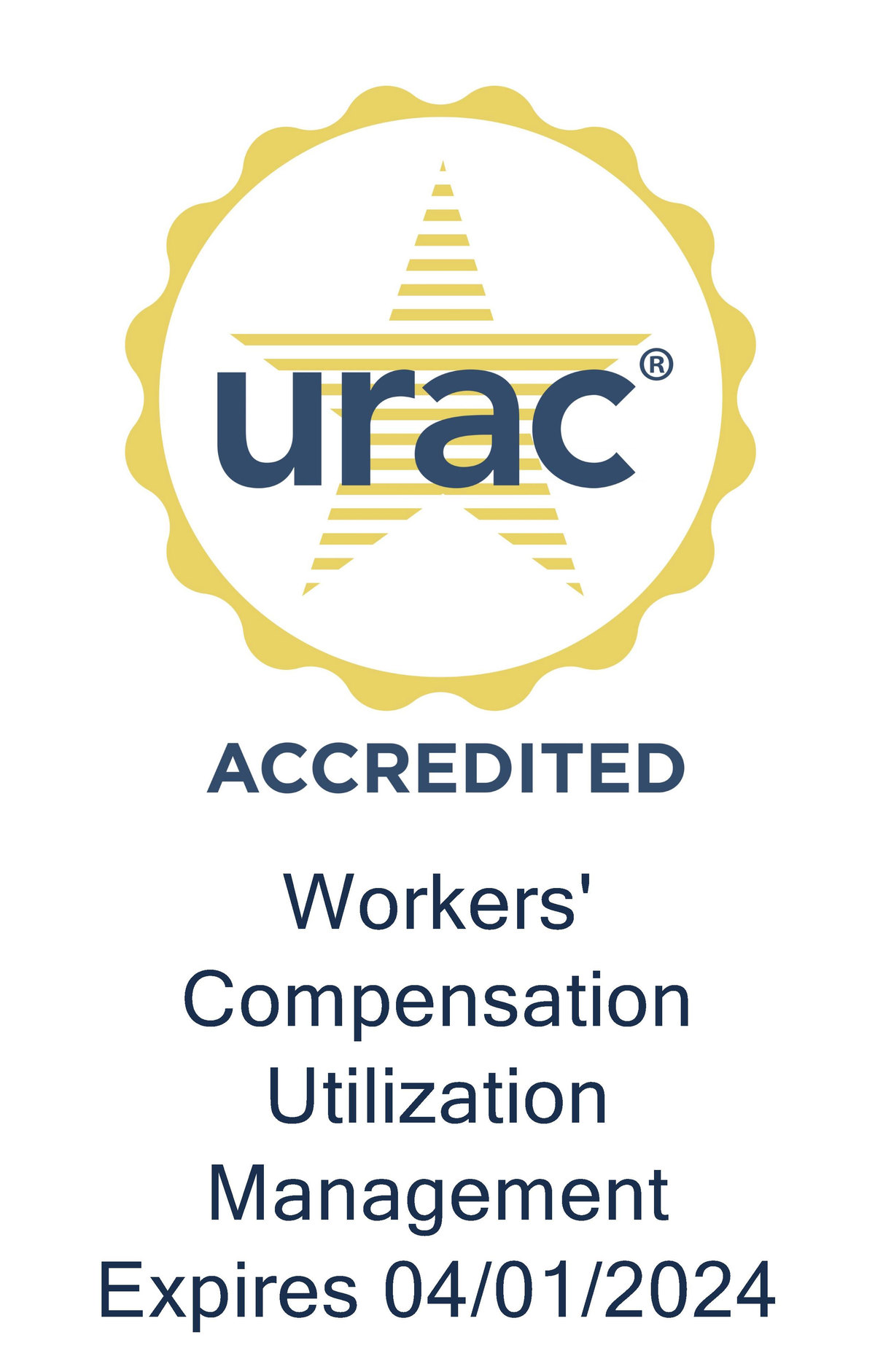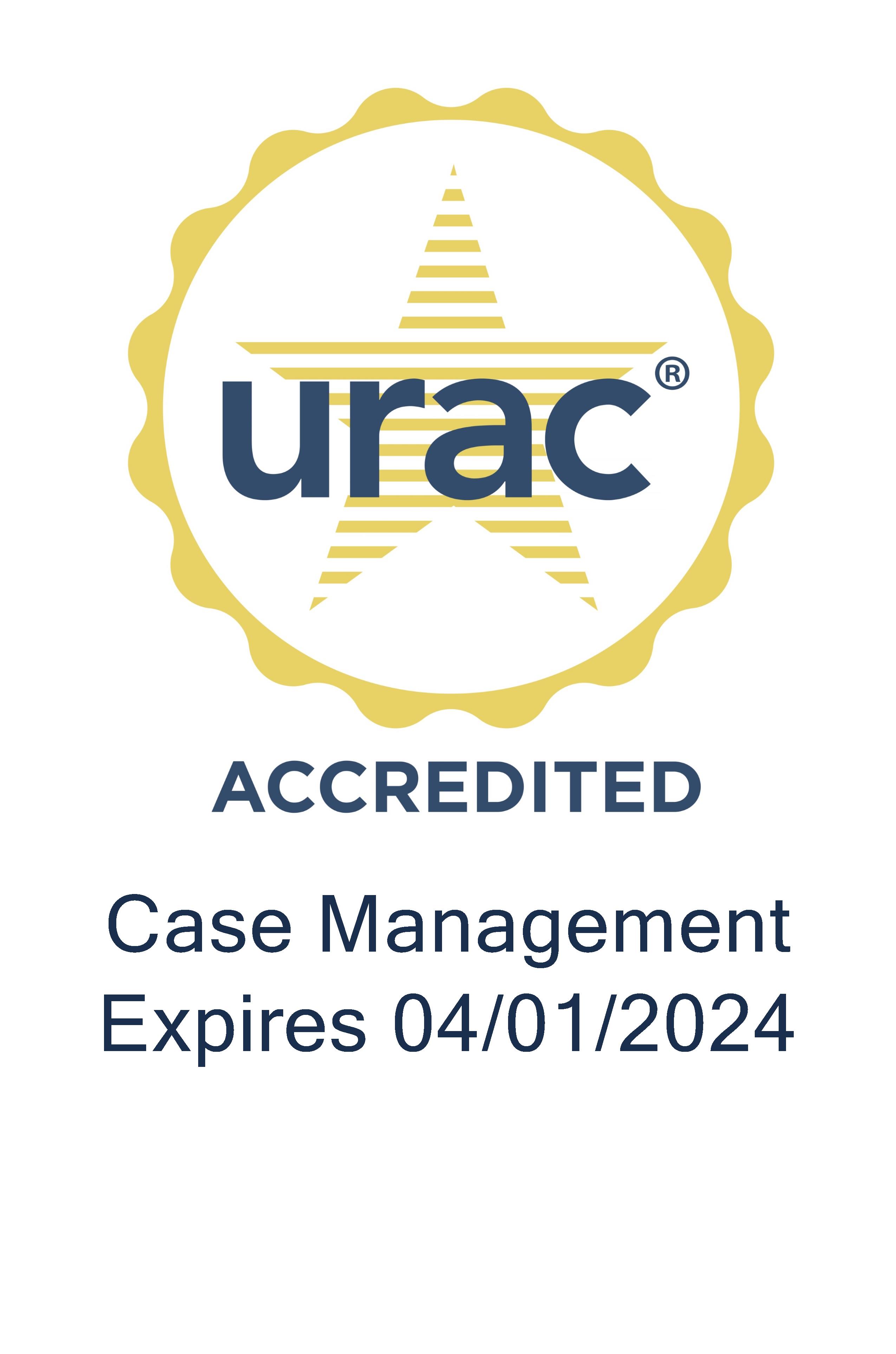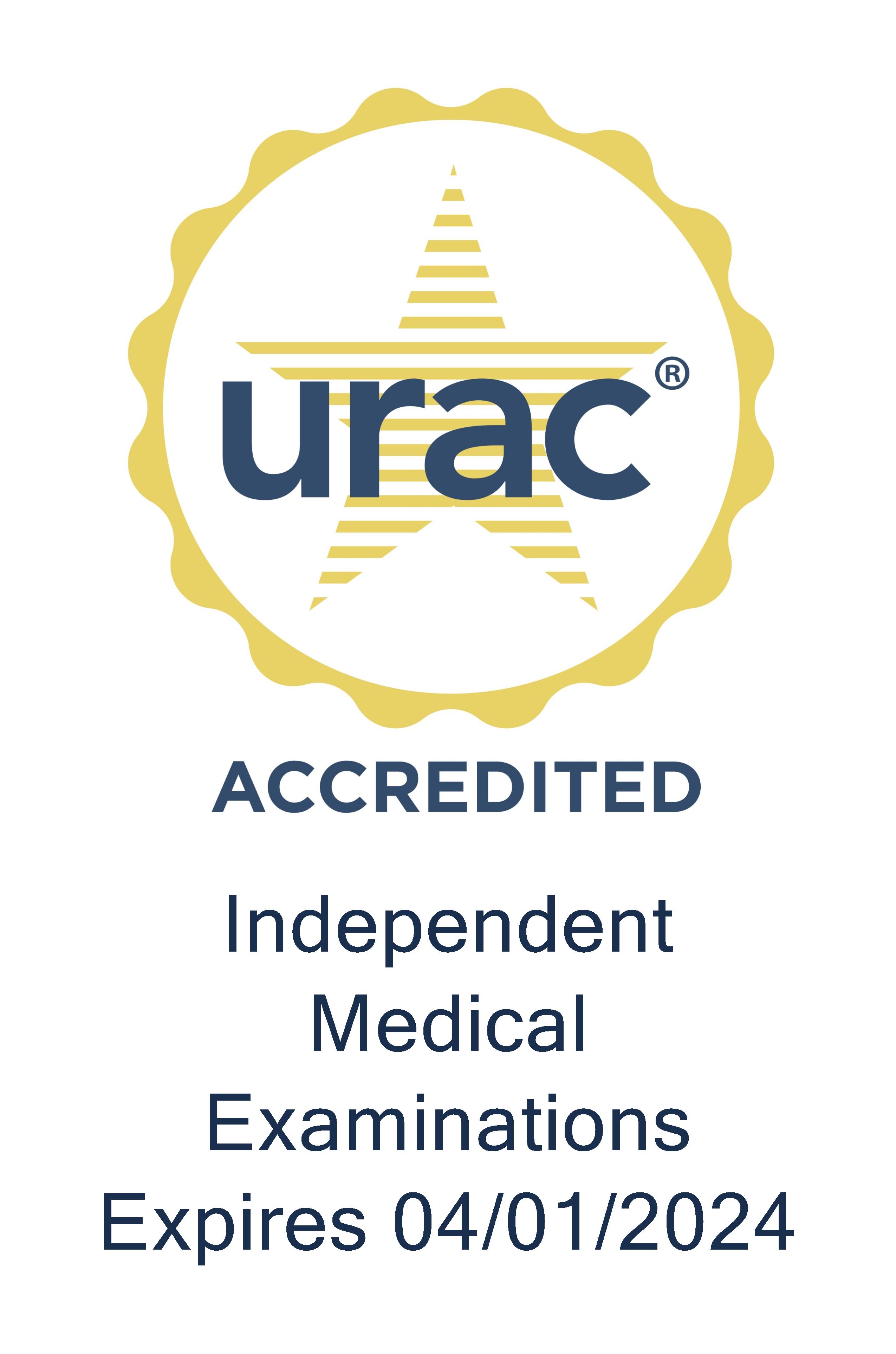Alternative Transitional Duty: A Win-Win for Employee, Employer and Community
Statistics show the longer injured employees are out of work, the more difficult it is for them to return. But, what happens when injured employees aren’t physically able to return to work right away? What can be done to help them stay engaged in work and their recovery, especially if there are no light duty options available in the workplace? Well today, Paul Bode, vice president, at Genex, joins us to explain a creative program designed to help injured employees engage in purposeful activity during recovery. It’s called alternative transitional duty (ATD).
Tom Kerr (TK): Paul, thanks for joining us today.
Paul Bode (PB): Glad to be here, Tom.
TK: Paul, let’s start with the basics, what is light duty and how does it help the injured or disabled employee?
PB: Well, light duty is a job the injured worker has that has less physical demands than the job they regularly had. Another term you’ll hear is modified duty, where the physical demands are modified on a temporary basis to get the employee back and recovering, and then eventually go back to what we call full duty, or a full release to return to work.
TK: And what types of challenges do employers have in developing transitional duty opportunities?
PB: That’s a great question, Tom, and it’s been a barrier for some employees to get into using alternative, transitional type programs. Many employers will tell you, "Well, we don’t have light duty. We are heavy manufacturing type business." So, for them to pull an employee off an assembly line and recreate a job for them takes a lot of time and energy that, frankly, they may not have.
So, the alternative transitional duty program is a great way to combat that because it would be disrupting to their workforce and to their process if they had to pull somebody out and create a very different job for them with less physical demands.
TK: So how does alternative transitional duty work?
PB: Well, generally speaking, it’s supported by employers who are very keen on return‑to‑work programs and doing what they can to get their injured employees back on the job as soon as they can.
If the injured worker has been released to work but there are physical demand restrictions on that employee, then the employer will consider, “Can I bring them back? Do I have a job that works within these responsibilities?”
If they don’t, then they will consider alternative transitional duty, which is where we place employees with a non‑profit organization as a volunteer. Even though employees are being paid wages, they’re considered a volunteer. It keeps them in the mindset of a routine. Getting up, getting ready for work, and going to the job. It helps keep that work conditioning going. There is a number of benefits to that.
TK: What type of employers have you worked with in using this program?
PB: Well, ATD really has a broad benefit that can help any types of businesses. One of our new customers is a central location manufacturer — everyone lives within the same community. We’ve found a few good non‑profits in the area and it works very well. However, one of our other big clients is a transportation company, and they have truckers going all over the United States, so we’re apt to get a case in a remote area of the country. So, a lot of different businesses. We also do work with two big carriers.
So, we don’t ever know what kind of employer that that they’re going to be associated with the cases that they refer to us. So, it has very much a broad appeal across a lot of different types and sizes of business.
TK: What are some of the non-profits you work with to make this program available to employees?
PB: I think they’ll be the names you would expect to hear: Salvation Army, Goodwill, those type of nationally‑recognized programs. We do have a national network, however, because these aren’t big volume numbers of jobs we’re placing. So, it’s not uncommon for us not to go back to the same non‑profit.
Tom: So, how do you initiate the ATD program when managing a case? How do you introduce it to the various parties?
PB: We have a very defined workflow that takes us through this process, and time is of the essence because every minute, every day, every week that the injured worker remains off work, we’re risking delays in a successful return to work. So, we have some very defined time frames that we want to do this within.
We get the case and, at minimum, we ask for the injured employee’s name, contact information and restrictions. We can take it from there and find any additional information we need, but the restrictions are key. Then we send out a notification to the injured worker explaining the program, or to his or her legal representative, explaining why they’re entering this program, and what it can do for the employee.
And then we begin to take those restrictions and make calls to non‑profits in the area. You know, if the employee’s normal commute time is 30 minutes, we can’t ask them to drive an hour to go to a non‑profit. So, we try to make that reasonable accommodation close to home. But, we identify the job with a non‑profit.
We then have a professional vocational counselor look at that, make sure those restrictions match up with the job, and then we make the job offer. We send out a written job offer via overnight mail to the injured worker. We ask them to sign it, send it back. We get sign‑off from the non‑profit. Then we follow up after the first week, with both the injured worker and the non‑profit, to make sure everything went well the first week, and then we go on from there.
And, as long as they have restrictions, they can stay in this job. However, this is meant to be transitional or temporary. So, if we’re approaching 120‑180 days and the injured employee is still in this program, there may be something else to look at in the medical aspect of the injury that may be complicated. Because if the injured employee is not back in a job by then, there may be something else to be considered there.
TK: So, for the employee hearing about this program for the first time, he might be thinking, “Why am I going to this non-profit organization to get back to work? This has nothing to do with my job. What’s in it for me? Are they just sending me off to work?”
So, with that in mind how do you get employee buy-in to try the ATD program?
PB: Well, that’s a good question. And, it’s met with resistance sometimes, as you might imagine. We do explain the benefits to the injured worker both in writing and telephone calls, as to why it would be important for them to stay in the routine of going back to work.
We can share a few high‑level statistics with them that show the longer you’re off work, the chances of you going back diminish. But, many times, the injured worker is still going to be resistant. And in that case, we give the information to the employer and they decide what tact to take from there.
There could be an issue of non‑compliance with their return‑to‑work program, and that may be a tool or a point of leverage they can use to work with the injured worker. But that is something that’s between the employer and their injured worker. We simply provide the information and then they make the decision from there.
TK: What type of responses have you had from employees who’ve been in the programs? Have you seen the results that you’re looking for in terms of helping them get back to work? Do they also see other benefits such as helping their community?
PB: Yes, I think we’ve had very positive results, both from just a moral outlook issue as well as the results that we’re seeing on getting people back to work quicker and the overall return‑to‑work days diminish.
Interestingly enough, Tom, we have a number of injured workers who get awfully attached to these non‑profit jobs. So, they can like it very well.
TK: That’s great. And how have employers and payers responded to the program, Paul?
PB: We have gotten a lot of interest in this program, Tom. And when we get in front of the clients, they’re all very eager to learn about this because it is another tool in the tool belt of the return‑to‑work program. It doesn’t work for everybody, but anything that we can do to get them back in that functioning routine is always going to yield better results for everyone.
I believe without any question that it’s best for all concerned, but the injured worker doesn’t always see it that way. They’re like, "I’ve been injured on the job. I need to stay home and rest and relax." But that’s really not what’s best for you, and it’s hard to see that, right? You’re hurting from the injury. You don’t know what the future holds. Now they’re telling you, you got to do this other job that you really don’t want to do. So, it’s a lot to take in. It really is. But in the end, whether they see it or not, it’s absolutely a win‑win.
One of the questions we get is how does the injured worker get compensated during this time? And it can be done a combination of ways. The employer sometimes will just pay through payroll, they won’t have the work comp carrier pay at all. For some, the work comp carrier will pay the two‑thirds of the average weekly wage and then the employer will make up the difference.
But in all our situations, the employees are paid 100 percent of their salary while they’re doing this.
TK: By the employer?
PB: By some combination of either the employer and/or the payer. The reason you want to pay them is because they’re in some type of constructive environment that will promote the earliest possible return to work, and you’re going to get them back sooner than you would have if you hadn’t done this.
TK: Sounds like a great program that benefits the employee, the employer, and the community. Thanks for your time today, Paul. And we’ll be back with another Inside Workers’ Comp soon. Until then, thanks for listening.





